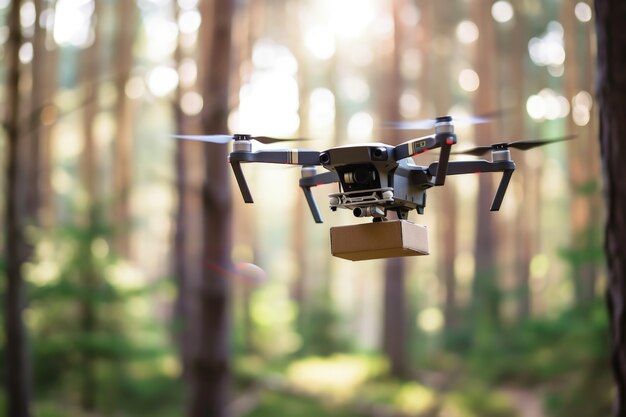
Sponsored article
The rise of drone technology has also ushered in new security threats, necessitating innovative countermeasures like passive RF detection. This article thoroughly inspects the effectiveness of passive RF detection in neutralizing those threats, demystifies its operation, evaluates its benefits and challenges, and envisages the trajectory of its future improvements. As we delve deeper, we navigate the nuances of this promising yet complex technology aiming to bolster our defenses against drone-based threats.
The cornerstone of modern drone protection systems, passive RF detection plays a pivotal role in identifying drone threats. It operates by examining radio frequency (RF) signals emitted by drones, hence the name ‘RF detection’. Especially beneficial in scenarios requiring minimal intrusion, passive RF detection stands out from other detection methods by not actively sending out signals. Instead, it listens for signals already present in the environment.
Using artificial intelligence, the mechanism precisely deciphers these signals, differentiating between various drone models and their controllers. By harnessing passive RF detection, systems like MADDOS ensure optimum security, providing an effective solution against potential drone threats. Thus, these innovations highlight the potential and effectiveness of passive RF detection in drone neutralization. You can find additional information on this topic at https://maddos.pl/rf-detection/.
Assessing the gains and challenges of passive RF detection, it becomes clear that the potential benefits of this technology are significant, especially in the field of drone neutralization. Passive RF detection possesses the ability to detect, locate, and subsequently thwart drones in an unobtrusive, non-destructive manner. Case studies have shown improved security measures due to its incorporation.
Yet, the use of this technology is not without its hurdles. Challenges in interpreting the signals, interference from various sources, and a steep learning curve represent some difficulties faced when deploying passive RF detection. Nevertheless, the benefits appear to outweigh these challenges, reaffirming passive RF detection’s effectiveness in drone neutralization advancements.
The field of passive RF detection is on the brink of significant advancements, particularly in drone neutralization. As drone threats increase, the need for more effective future solutions becomes obvious. Experts are viewing improvements in RF detection technology as the most promising avenue, falling under this spotlight of expectation.
RF detection’s potential in pinpointing the location and trajectory of unauthorized drones is impressive. However, harnessing this power for the purpose of drone neutralization needs pioneering development. The future trajectories in this field involve fine-tuning the sensitivity and range of these detectors. But it’s not just about better hardware – innovation in data analysis and predictive algorithms can also revolutionize the way we neutralize drones.